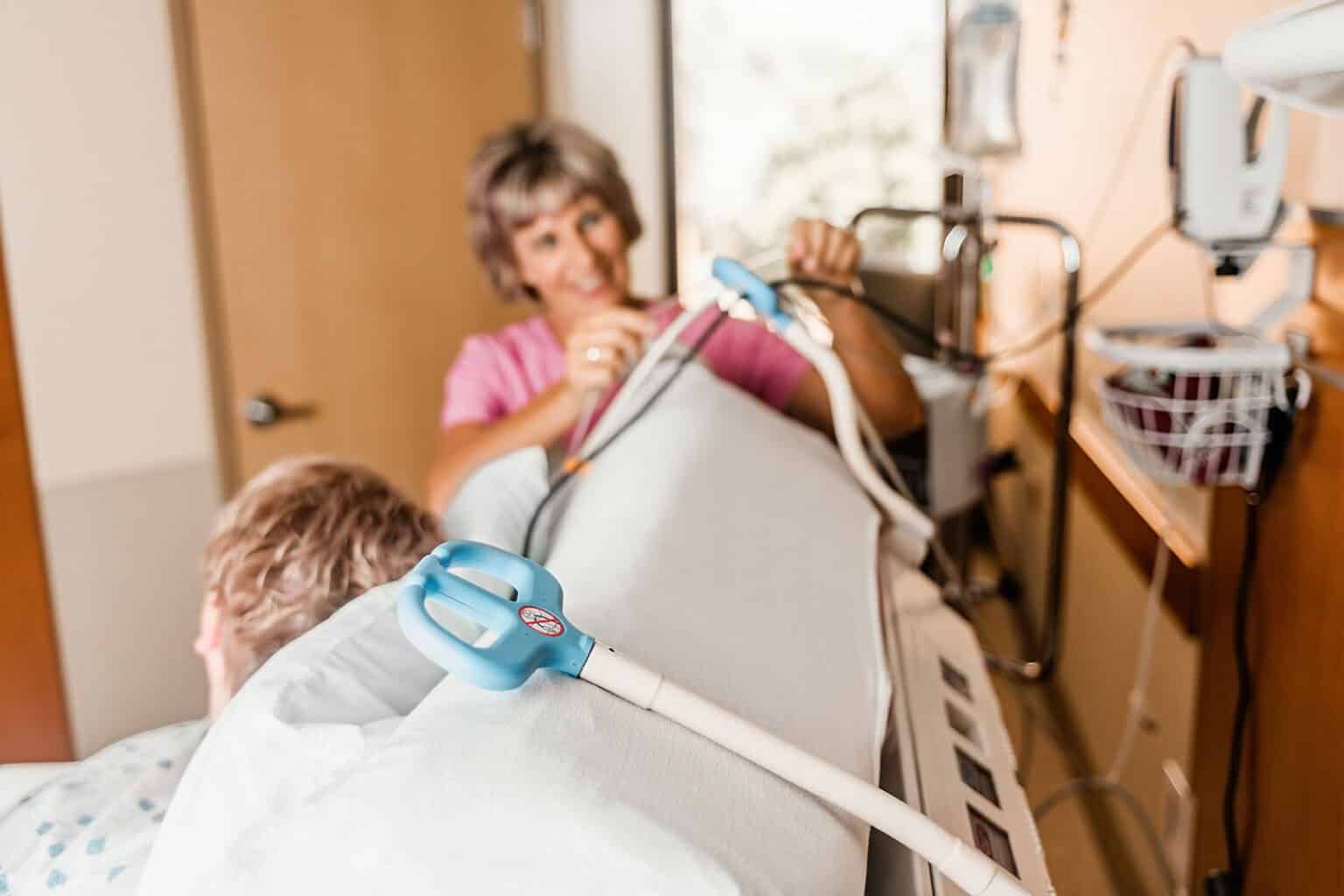One does not simply start a flex arm mounting solution

Share:
We have our process for a reason, to save you time and money.
We trust the end users of our flex arms to use them correctly, but all the instructions sheets and the best training in the world won’t make up for a bad design. That’s why, at the end of the day, we bear a lot of the design responsibility for our flex arm devices. It’s important to us that we have a good design for the environment it’s going into.
Here’s a good example: many of our flex arm devices are used in medical settings. That means they’ll be in tons of different clinics – not just one health system where you might have oversight. It might be used by dozens or hundreds of staff in many different settings. This is precisely why we don’t rush through our design process – we need to know how this flex arm will be used and how it might be misused. Why? Because we need to know (and so do our customers) that it will still hold up.
We’ve created our design checklist for a reason
You may remember our design checklist from previous posts. Essentially, we view our checklist as a sort of sieve. Imagine your best design as a little nugget of gold in a river bed, our checklist is the act of sifting and sorting through the detritus so that we can find that best, truest design. It might seem like it’s pretty straightforward, but it isn’t always.
Our customers vary a lot in terms of where they’re at with a project. Some customers have thought quite thoroughly about the different implications of designs for the end user, but many are pretty busy and don’t necessarily have those facts. We’re here as an extension of your design team, to come to you with facts and things you haven’t considered so that you can make better, more informed choices as you design your product.
Everyone has a blindspot, even designers. Our checklist is to catch those blindspots before they become a problem. We might miss one on the discovery call, but our checklist helps us stay organized and focused so that we can catch them before they become design flaws. It’s always better to correct it when it’s still being designed, rather than not being able to do anything because it’s already in the field.
There is no shortcut, it’s time and communication
Often, we have customers on strict timetables for their devices. That’s great, and we’re happy to work with them within that timespan, but it’s also important that our clients are honest with themselves about how long something will take. If we’re able to communicate deadlines early and often, it will give us more options to solve problems than if we’re pushed right to the deadline.
It’s not the end of the world if that happens (believe us, we’ve done it before), but our process works best when we’re able to give you the most options – that happens best when we have time to respond.
Which brings us to another point, dialogue is so important. We view our staff as an extension of your design team. We’re here to come alongside and participate in that process. We have our expertise and so do you, when we combine those two pieces, we’re going to wind up with the best outcome. If you just take our word for it and don’t know or understand the big picture (or vice versa, if WE don’t understand the big picture) it just won’t go as well.
Prototyping is integral to our process in case we’ve missed anything
Look, sometimes things are missed, which is why we take the time to really check and recheck our designs as they go through the prototyping process. We’ve described in depth here how we create prototypes, so we won’t go into it – but we really see all of this, from conception through prototyping as one big design process. Each part is critical to making sure that you get the best mounting solution and flex arm product for your SPECIFIC goals. What works for one of our clients, may not work for the others, and things always behave a bit differently in real life, which is why it’s so important for us to be thorough from start to finish.
Do you have a design that you’ve been thinking about? Stuck on a problem and need a little extra insight into how a flex arm might help? We’d love to chat with you to get a better idea of what you’re looking for.
